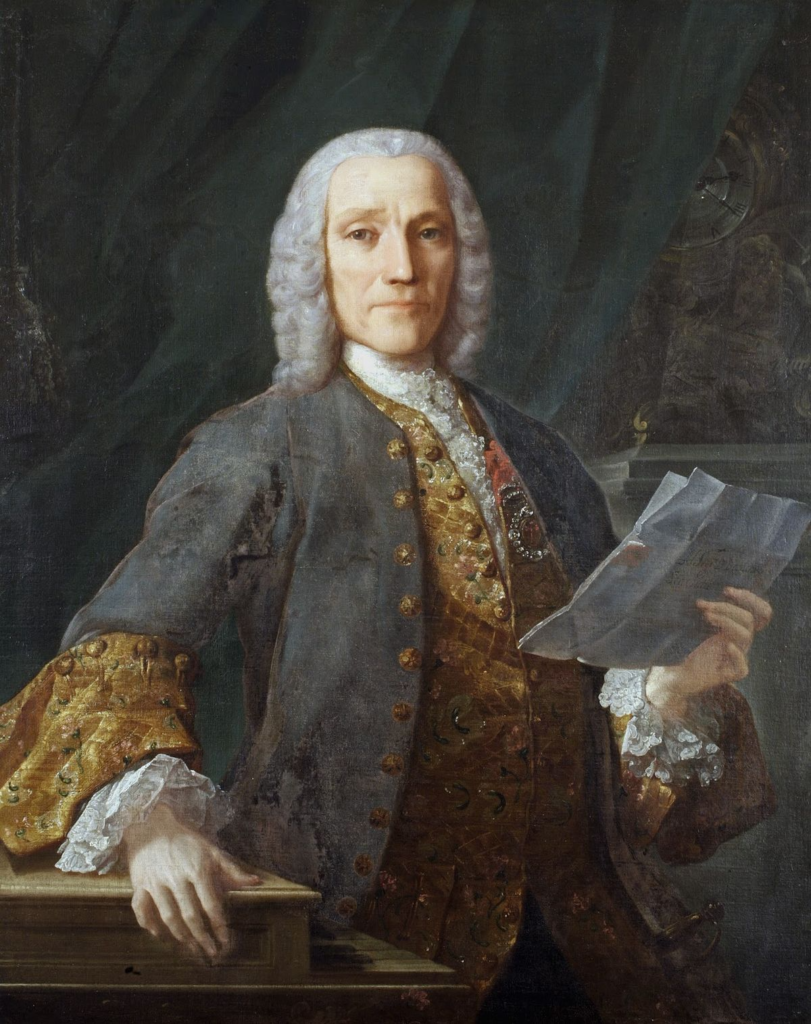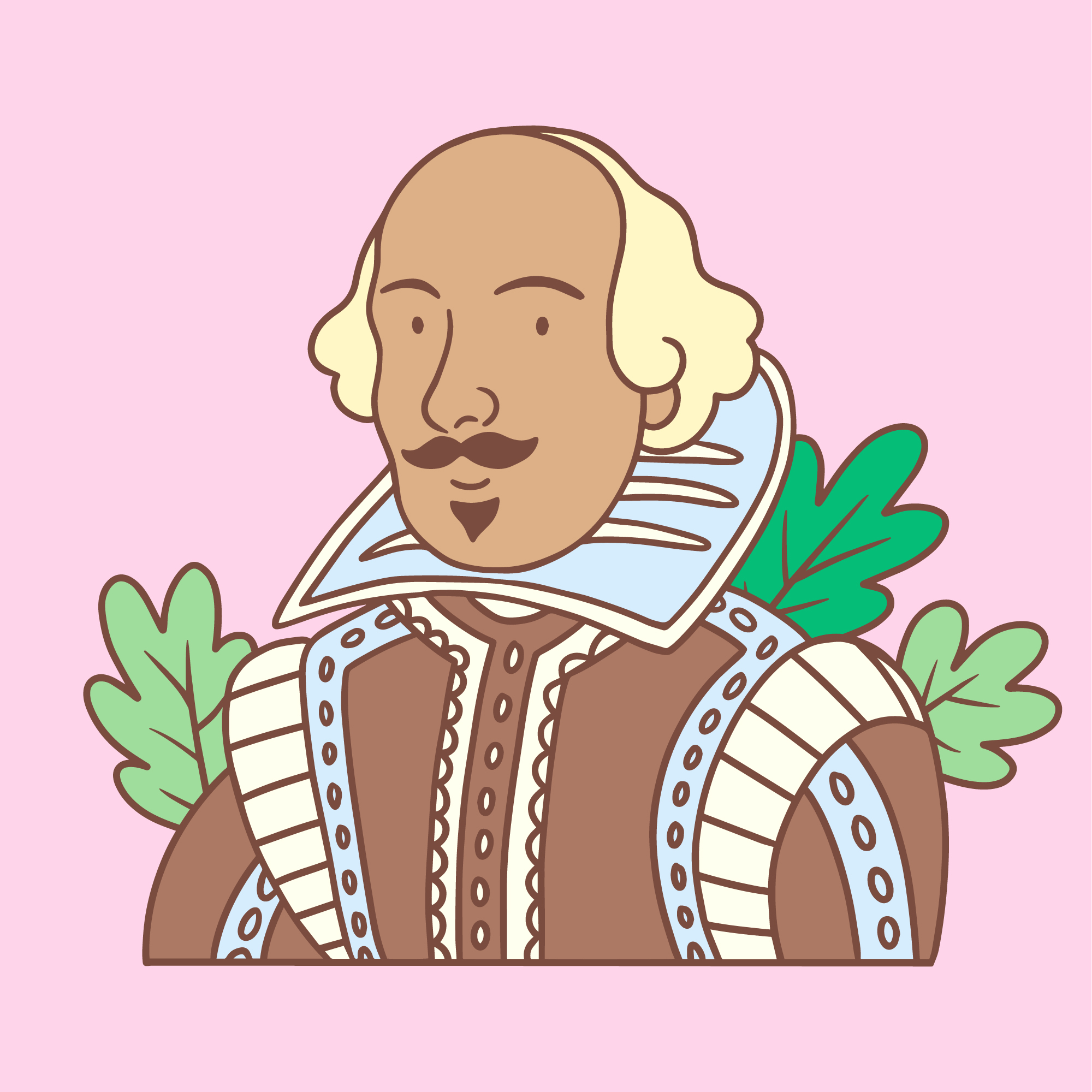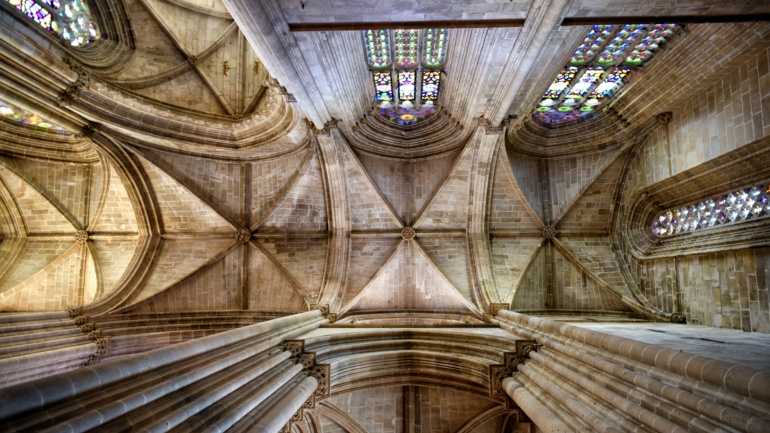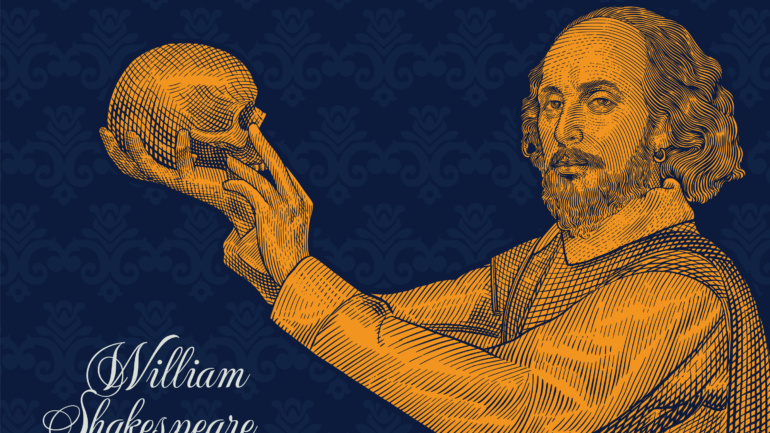Last class we talked about the “Father of the Concerto”; today, we’ll discuss the “Father of the Sonata” — Domenico Scarlatti.
Domenico Scarlatti: The Father of the Sonata
- Domenico Scarlatti (1685–1757) is hailed as the “Father of the Sonata” and is regarded as a pioneer of the sonata form. He was an incredibly prolific composer whose extensive body of work had a profound influence on music history. His music embodies the beauty of Italian melodies and the richness of harmony. As a representative of keyboard music, his works remain essential repertoire for performers to this day.
- Scarlatti’s full name was Domenico Scarlatti, and he was born in Naples. His father, Alessandro Scarlatti, was also a renowned composer. To distinguish between the two, people often refer to them as D. Scarlatti and A. Scarlatti. Domenico once served as the music teacher of a Portuguese princess, who later became Queen of Spain. Scarlatti followed her to Spain and worked for the Spanish royal court for many years.
- Scarlatti earned the title “Father of the Sonata” mainly because of the sheer number of sonatas he composed—an astonishing 555, which have been preserved and compiled. In comparison, Beethoven wrote only 32 piano sonatas, Mozart 18, and even fewer by later masters like Brahms, Schumann, and Chopin, whose sonata compositions can be counted on one hand. Scarlatti’s immense output is largely due to his role at the Spanish court, where he composed numerous works as practice pieces for the princess, his student.
- Scarlatti not only pioneered the sonata (as a genre) but also laid the foundation for sonata form (as a musical structure). These two concepts are distinct: one refers to a genre, the other to a compositional form. To use a writing analogy: a sonata is like a prose piece, a travelogue, or a novel — a broad literary category or genre. The sonata form is more like the narrative technique within a chapter — chronological order, flashbacks, interjections, etc. It refers to the internal structure of a musical work.
- In Scarlatti’s compositions, the sonata as a genre and the sonata form are unified. His sonatas typically consist of a single movement, and this movement is structured using the sonata form. Later composers expanded the sonata into multi-movement works, but generally, only the first movement follows the sonata form structure.
- The sonata form developed by Scarlatti usually consists of three parts: Exposition, Development, and Recapitulation. This is similar to the structure of an argumentative essay. The exposition presents the main theme, much like a thesis statement. The development elaborates on the theme, building on and varying it with supporting ideas. The recapitulation restates the main theme, reinforcing the core message. Scarlatti’s sonatas follow this structure with great precision and discipline.
- Although the sonata form was invented by an Italian—Scarlatti—it was German and Austrian composers who carried it forward and fully developed it. This is because the form’s logical and rigorous structure aligned well with the characteristics of German-Austrian music, which is known for its logical precision. In contrast, Italian composers favored more expressive and lyrical opera styles that allowed greater freedom.
- Many of Scarlatti’s sonatas remain widely performed and beloved today. However, keyboard instruments at the time were still underdeveloped—techniques hadn’t been fully explored, and the harpsichord, the main instrument of the era, lacked dynamic control and sustain, making its expressive range quite limited. Therefore, modern musicians performing Scarlatti’s works must imaginatively recreate and reinterpret the music, giving it the sound and nuance it could not originally achieve. This makes performing Scarlatti’s sonatas a challenging and creative endeavor.

Portrait of Scarlatti
Quick Tip
A Common Misconception About the Violin Sonata
We often hear the term “violin sonata”, and it’s easy to assume—based on the literal translation—that it refers to a sonata written solely for the violin. However, this is actually a misunderstanding caused by translation. The original term is “Sonata for violin and klavier”, where “klavier” means piano.
So, a more accurate translation would be “sonata for violin and piano.” In such sonatas, both instruments share equal importance and play complementary roles. One is not subordinate to the other.


